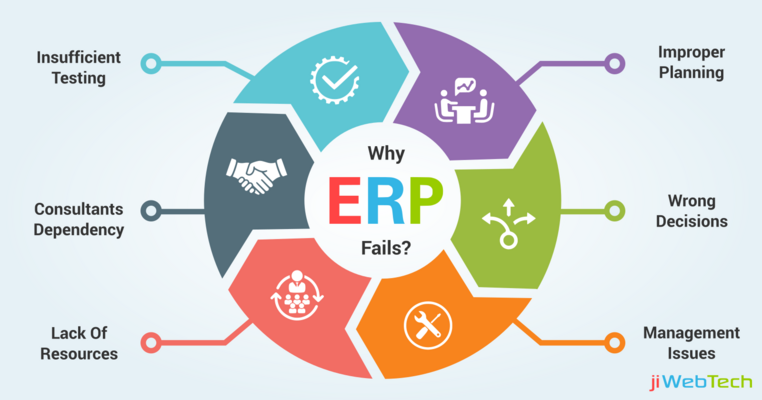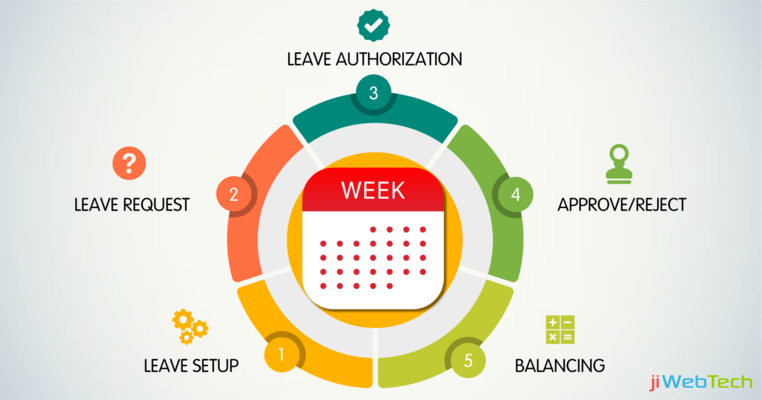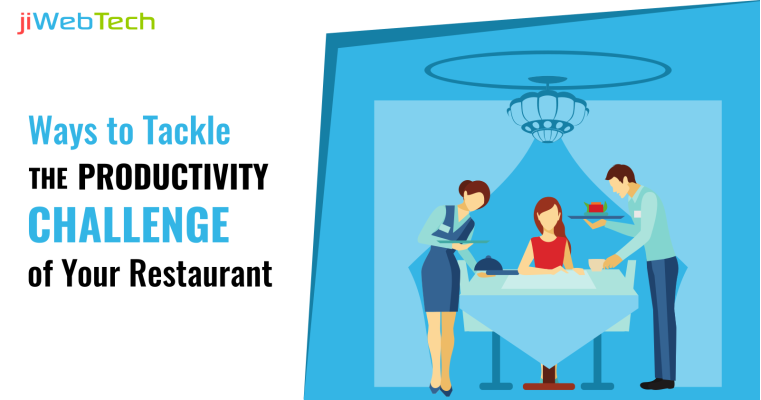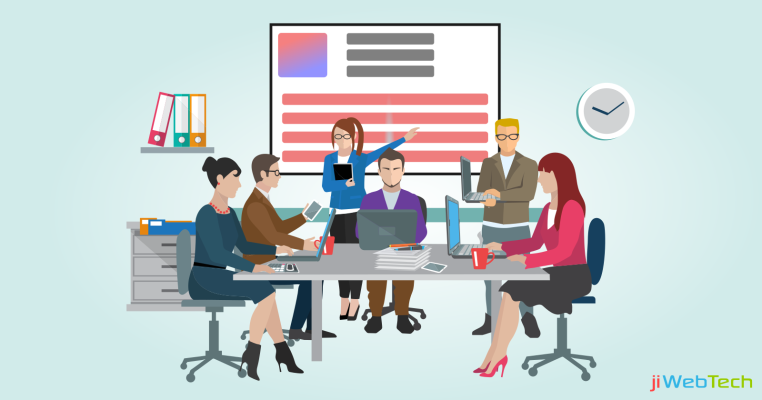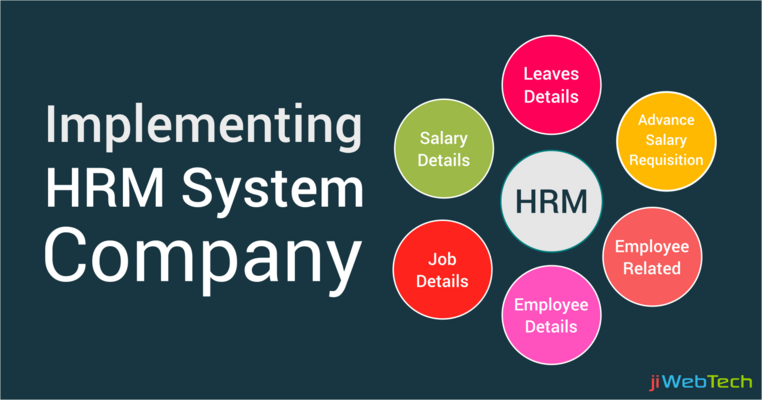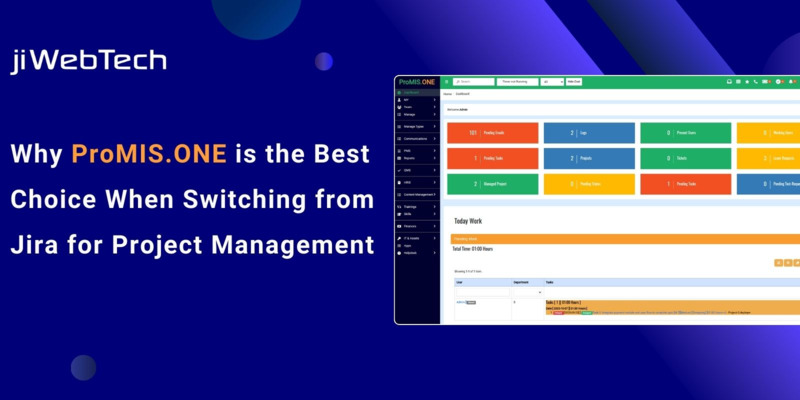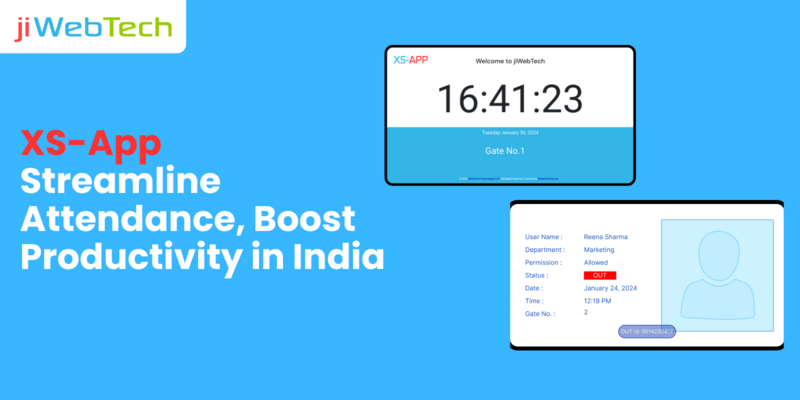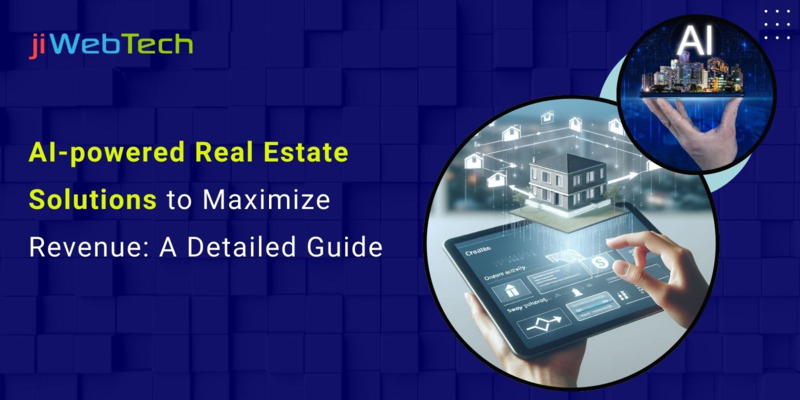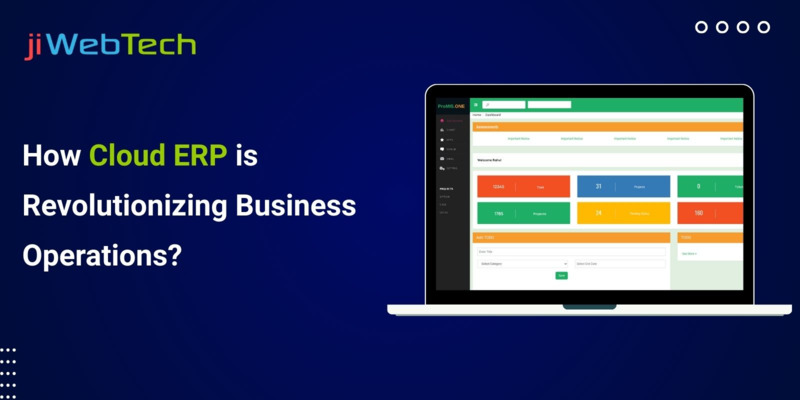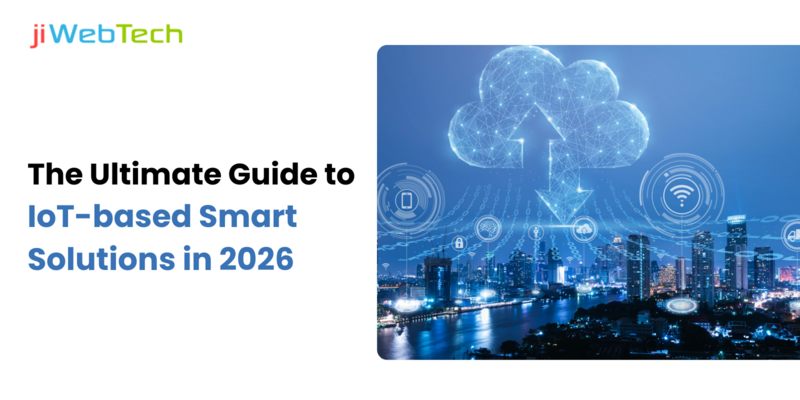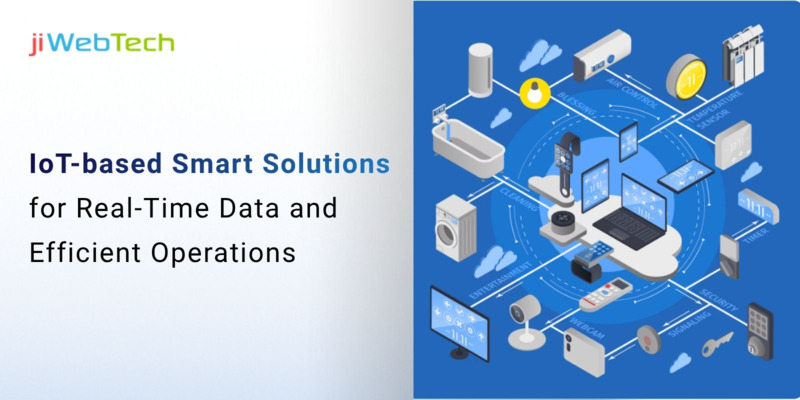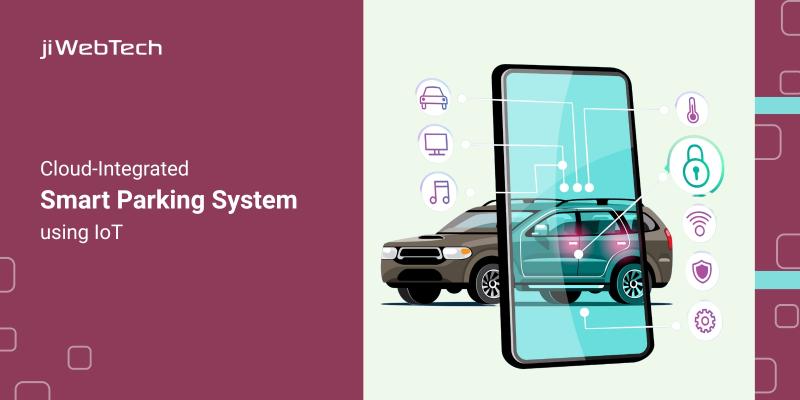- Jul 08, 2025
- IOT Solutions
- 2203
Share this post on:
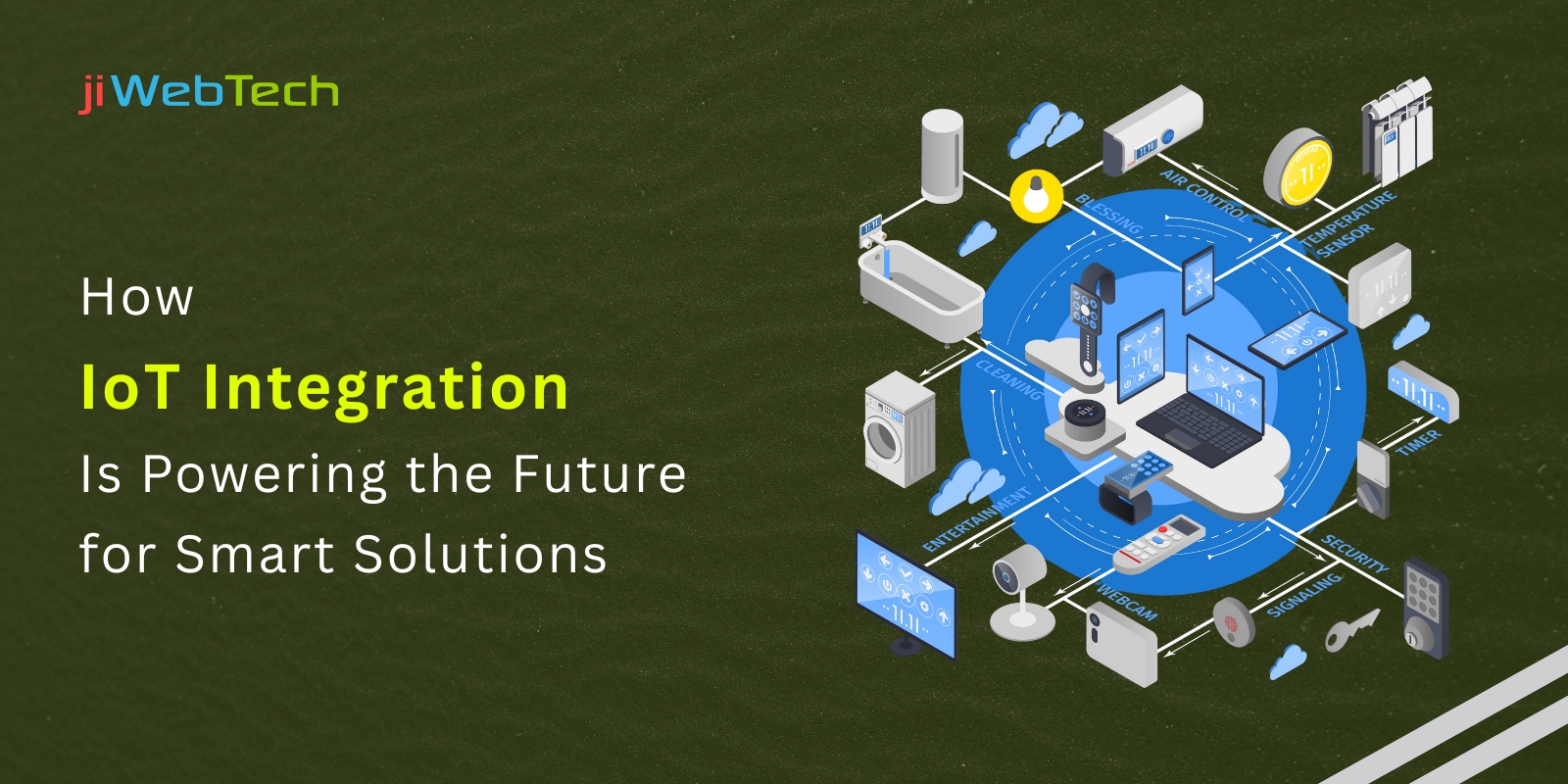
Did you know that by 2030, there will be 40 billion IoT devices? The Internet of Things (IoT) is one of the most transformative technological advancements of the 21st century. IoT is reshaping how we live, work, and interact with our environment. The integration of IoT into various sectors drives the future of smart solutions.
The Internet of Things is a network of interconnected physical devices embedded with sensors, software, and communication technologies. IoT collects real-time data, communicates it over the internet, and enables automated or human-driven decision-making based on that data. However, IoT integration goes beyond connecting devices. It involves the seamless integration of these devices with cloud computing platforms, big data analytics, artificial intelligence (AI), and machine learning (ML) systems. Let us now dig deeper into how IoT is changing our homes and offices.
Key Takeaways
IoT enables real-time data sharing, automation, and smart decision-making across industries.
Smart homes and offices use IoT for automation, energy savings, and enhanced security.
In healthcare, IoT supports remote monitoring, telemedicine, and clinical efficiency.
AI, 5G, edge computing, and digital twins are driving IoT’s next evolution.
Key challenges include data security, infrastructure costs, and data management.
IoT in Smart Homes and Offices: Creating Intelligent Living and Working Spaces
One of the most powerful impacts of IoT integration is in the area of smart homes and offices. The modern connected home is no longer a futuristic concept, but a reality that millions of people experience daily. IoT devices embedded in homes and workplaces are enhancing convenience, security, energy efficiency, and overall user experience.
Smart Appliances and Automation: Smart home devices are becoming very popular with the Internet of Things (IoT). For example, some refrigerators can keep track of what’s inside and even help you make a grocery list. Ovens can be turned on from far away or cook meals automatically by following recipes you scan. Washing machines can save water and detergent by using just the right amount. These smart gadgets make everyday chores easier and save time. Companies like Samsung and LG have made refrigerators with cameras and sensors that watch your food and remind you when things are about to expire.
Environmental and Energy Management: Small IoT sensors placed in homes and offices keep an eye on things like temperature, humidity, air quality, and whether people are in the room. They send this information to smart heating and cooling systems, which then adjust automatically. This way, the temperature stays just right, and energy isn’t wasted. It helps keep you comfortable while saving electricity and money.
Security and Safety Enhancements: IoT has made home security much smarter. With smart cameras, motion detectors, door and window sensors, and smart locks, you can check and control your home right from your phone. These systems send you instant alerts if they detect anything suspicious. You can also let visitors in temporarily and use voice commands to control your security devices. It’s a simple and handy way to keep your home safe.
Revolutionizing Healthcare Through IoT Integration
Healthcare is one of the most exciting areas where IoT is making a big difference. Connected medical devices and health monitors help doctors provide care that is personalized and proactive. They also allow patients to get healthcare remotely, making it easier and faster to stay healthy.
Remote Patient Monitoring: IoT helps doctors and nurses monitor patients with long-term illnesses from far away. Devices like smartwatches and sensors gather live information about the patient’s health, such as heart rate and activity. This data is sent to the doctors, helping patients quickly if needed. This way, patients get care on time and may avoid going back to the hospital.
Personalized Treatment and Medication: IoT is making new smart health devices. For example, some inhalers can check if people use their medicine. Some pill boxes can remind people to take their medicine. These devices help people stay healthy and help doctors know if patients are taking their medicine. Devices like Life Assure have been used for a long time. Now, with new IoT technology, these devices work faster and better.
Telemedicine: Telemedicine means doctors and patients communicate online. Telemedicine has grown a lot using IoT. Patients can meet doctors using video calls and use remote monitoring devices to share their health information from home. This helps patients get more medical help, without making hospitals too busy.
Asset and Inventory Management: IoT helps hospitals keep track of medical tools and supplies. Sensors show where the tools are and if they are working well. This makes sure the tools are ready when needed. It also saves money and stops delays in helping patients. Hospitals can fix problems early and keep machines working properly. This helps doctors take care of patients faster and better.
Clinical Workflow Optimization: IoT helps make hospitals work seamlessly by linking various systems and devices. For example, electronic health records (EHRs) can connect with machines that do tests. This way, information moves automatically, and there are fewer mistakes.
Hospital and Home Automation: IoT helps hospitals manage their buildings and home care better. Smart systems can control lights, heating, and air conditioning to keep patients comfortable. At home, smart devices can work with health tools to help elderly or disabled people live more independently. This makes both hospitals and homes safer and more comfortable for patients.
Drug Management and Compliance: IoT helps businesses monitor drugs and their storage conditions. Drug Management reminds patients to take their medicine on time and keep track of when they take it, helping patients follow their medicine schedule.
Emerging Trends Shaping the Future of IoT Integration
The evolution of IoT integration is being propelled by several exciting technological and societal trends that promise to deepen its impact.
Artificial Intelligence and Machine Learning: AI-powered IoT devices and systems gather data and analyze it wisely. AI algorithms analyze patterns, predict outcomes, and automate complex decisions, making smart decisions. According to statistics, the global Artificial Intelligence in IoT market is estimated to reach $47.78 billion by 2033, CAGR of 19.8%. AI-powered IoT gadgets are helping businesses enhance efficiency across all sectors, including healthcare, manufacturing, and others.
Edge Computing and 5G Connectivity: The edge computing marketis expected to reach $111.3 billion in 2028. Edge computing has become crucial for businesses, as it makes data processing easy, reduces latency, and saves network bandwidth. Edge computing enhances data privacy, security and reduces the risk associated with cloud-based data processing.
Digital Twins: IoT industry trends have seen massive growth, especially in their applications and use cases. IoT and Digital Twin have changed the way the digital and physical world communicate. Digital Twin is a virtual representation or dynamic mirror of a physical object, enhancing operational efficiency and predictive maintenance.
Smart Cities: IoT has given rise to smart cities, helping in traffic control, public safety improvement, and efficient consumption of resources. According to McKinsey, smart city initiatives can reduce fatalities by 80% and incidents of assaults by 30%. With the rise in urbanization, the adoption level of IoT-based smart cities keeps growing.
Expanding IoT Ecosystems: Efforts to develop open standards and interoperable platforms are facilitating broader IoT integration. This enables devices from different manufacturers to work together seamlessly, accelerating innovation and adoption.
Challenges and Considerations in IoT Integration
IoT integration faces several challenges that must be addressed:
Data Security and Privacy: The data generated by IoT devices has a great impact on data security. Any vulnerability in devices or networks can lead to data breaches, unauthorized access, and malicious attacks. Ensuring robust encryption, secure authentication, and compliance with privacy regulations is critical. Manufacturers and service providers must prioritize security-by-design principles.
Infrastructure and Cost: Deploying IoT solutions requires a lot of investment in sensors, networks, cloud infrastructure, and analytics platforms. However, in some sectors or regions, these costs and the need for technical expertise can cause a barrier.
Data Management and Analytics: Handling the volume, velocity, and variety of IoT data demands data management and analytics capabilities. So, if businesses want to extract meaningful insights without being overwhelmed, they should develop strategies.
Conclusion: The Future Is Smart and Connected
IoT integration is empowering the future of smart solutions, driving innovation by connecting devices, embedding intelligence, and enabling seamless communication to improve efficiency, safety, sustainability, and quality of life.
jiWeb Technologies is a leading IoT solution provider company. From smart homes to healthcare systems that monitor and personalize treatment, IoT is the digital nervous system of our connected world. So, invest in IoT services today and automate your business.
Faqs
1. How does IoT benefit smart homes?
IoT transforms homes into intelligent spaces by connecting appliances, lighting, security systems, and more to the internet. This allows users to automate daily tasks, monitor energy use, and control devices remotely using smartphones or voice commands. From adjusting the thermostat to checking security cameras in real-time, IoT enhances safety, reduces energy consumption, and improves convenience—making life more comfortable and efficient for homeowners and families.
2. Why is IoT important in healthcare?
IoT is revolutionizing healthcare by allowing real-time monitoring of patients and seamless sharing of health data. Connected devices help doctors track vital signs, detect early health issues, and deliver more personalized treatments. It also supports remote consultations, reducing hospital visits while improving care access. Overall, IoT makes healthcare more proactive, efficient, and patient-focused—enhancing both diagnosis accuracy and treatment outcomes.
3. What is remote patient monitoring in IoT?
Remote patient monitoring involves using IoT-enabled devices like wearables and sensors to track patients’ health data from a distance. These devices continuously monitor vital signs such as heart rate, oxygen levels, and activity patterns, and share the information with healthcare providers in real-time. This helps doctors offer timely interventions and reduces the need for frequent hospital visits, especially for chronic disease patients, elderly individuals, or those in rural areas.
4. How does IoT improve workplace productivity?
IoT boosts workplace efficiency by automating environmental controls like lighting, heating, and air conditioning, based on real-time occupancy. It also tracks equipment usage, monitors inventory, and enhances communication among devices and departments. By streamlining operations and reducing manual tasks, IoT helps employees focus on high-value work, reduces downtime, and increases overall productivity in both office and industrial environments.
5. What are digital twins in IoT?
A digital twin is a virtual replica of a physical object, system, or process. Powered by IoT data, it allows businesses to simulate, analyze, and predict the behavior of their assets in real time. Digital twins are used in manufacturing, healthcare, smart cities, and other industries to optimize performance, reduce maintenance costs, and forecast potential issues—resulting in smarter decision-making and more efficient operations.
6. How does edge computing relate to IoT?
Edge computing processes data closer to the source—on the edge of the network—rather than sending everything to a distant cloud. This approach reduces latency, enhances real-time responsiveness, and improves security by keeping sensitive data local. For IoT applications like autonomous vehicles or healthcare monitoring, edge computing ensures faster data analysis and better performance without relying solely on the internet or centralized servers.
7. Is IoT secure?
While IoT offers many benefits, it also brings security risks due to the vast number of connected devices. Each device can be a potential entry point for cyberattacks. To ensure safety, it’s important to use strong passwords, encrypted communication, secure authentication methods, and regularly updated software. Manufacturers and users must work together to implement proper security measures and safeguard sensitive data from unauthorized access.
8. What is the role of AI in IoT?
Artificial Intelligence (AI) enhances the capabilities of IoT by analyzing large volumes of data collected from devices. AI algorithms identify patterns, detect anomalies, and make real-time decisions, improving automation and efficiency. For example, AI can help smart homes adjust lighting automatically or enable predictive maintenance in factories. AI-driven insights make IoT systems smarter and more responsive across industries such as healthcare, transportation, and manufacturing.
